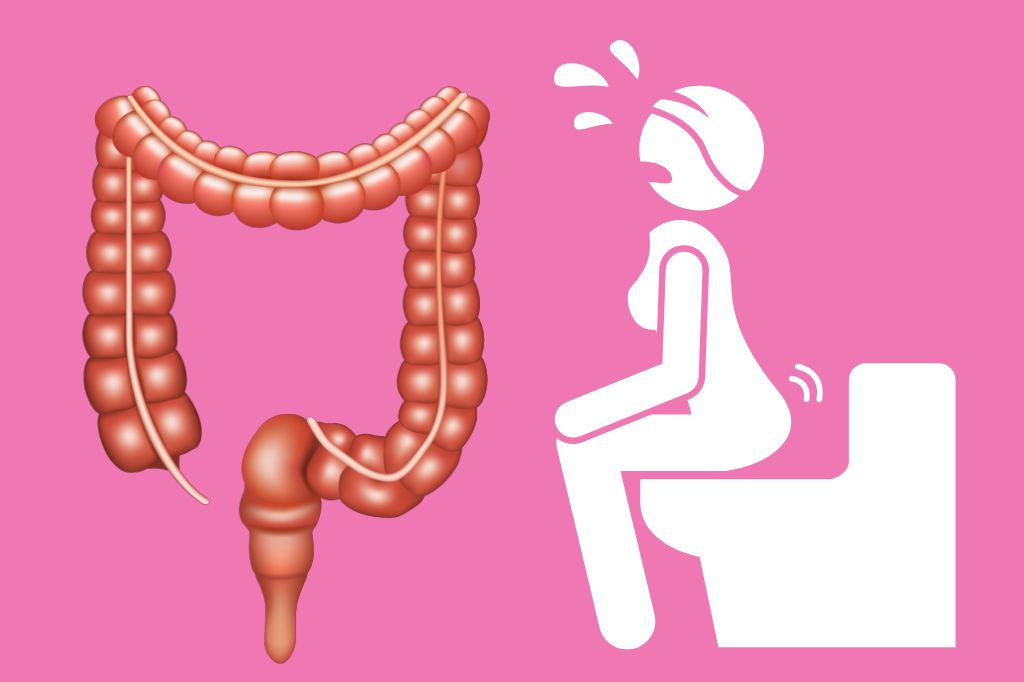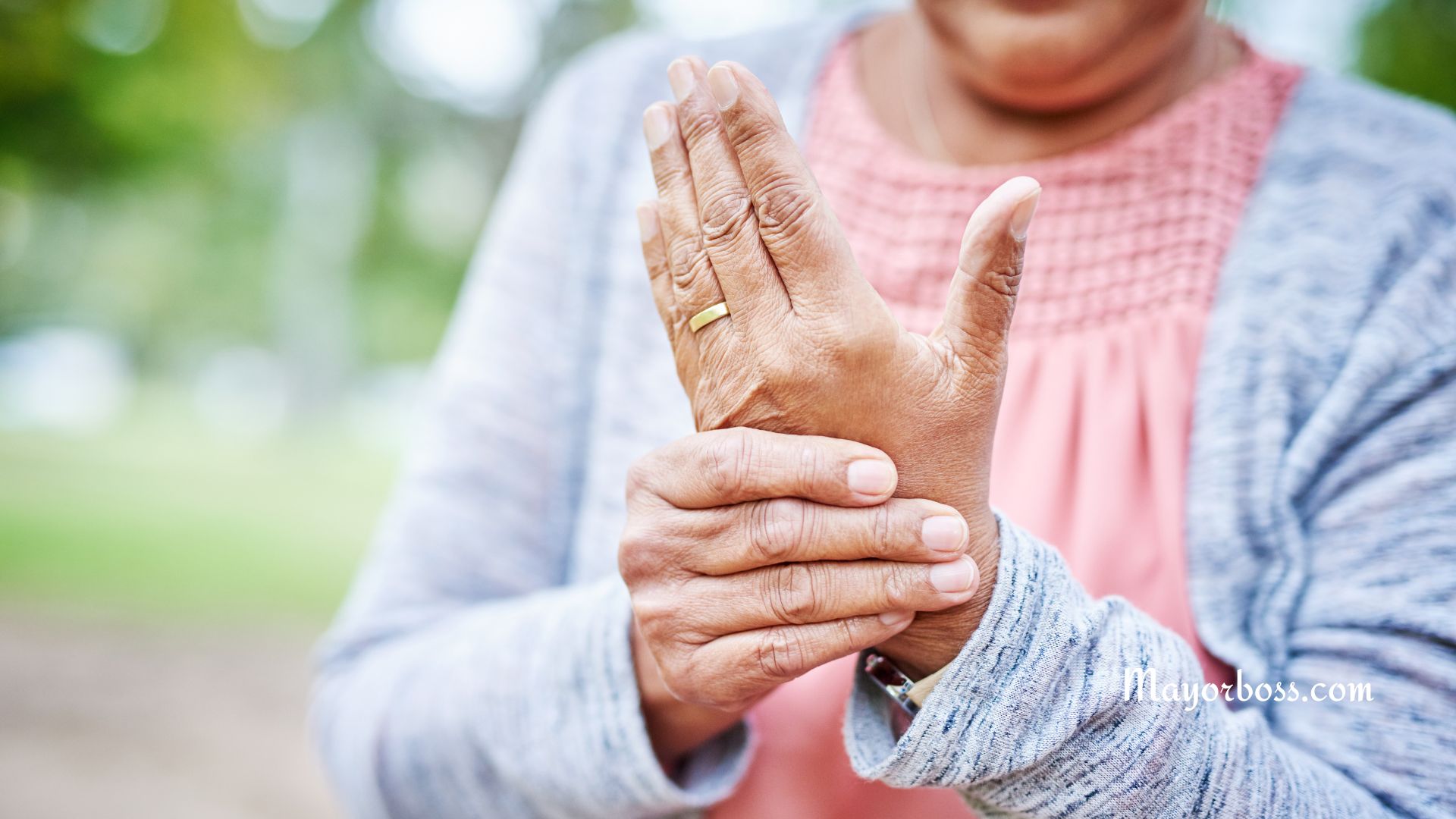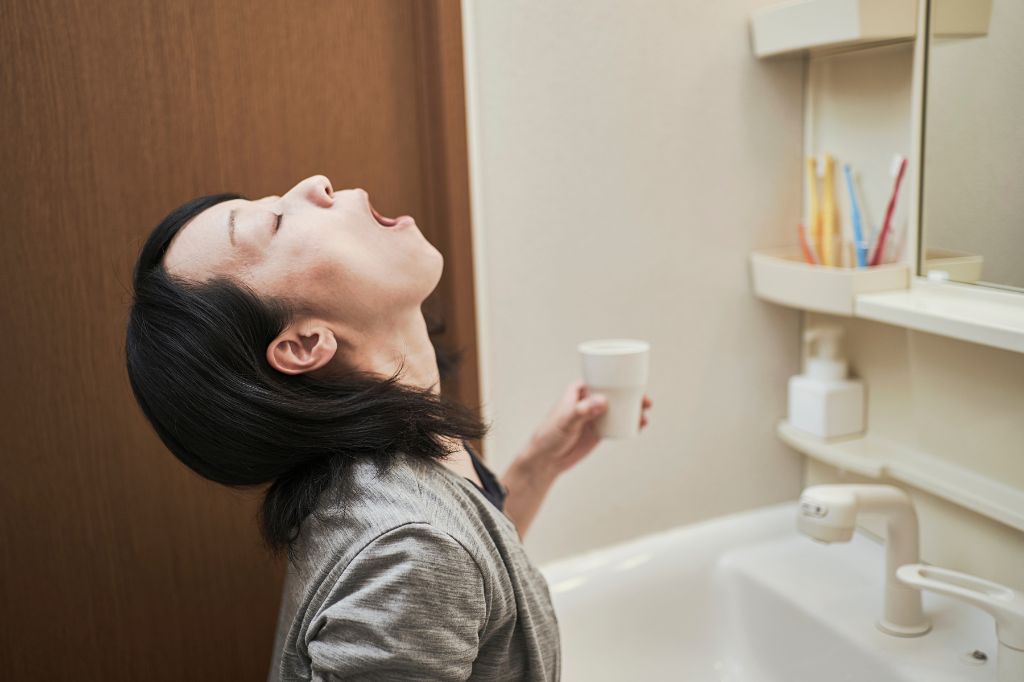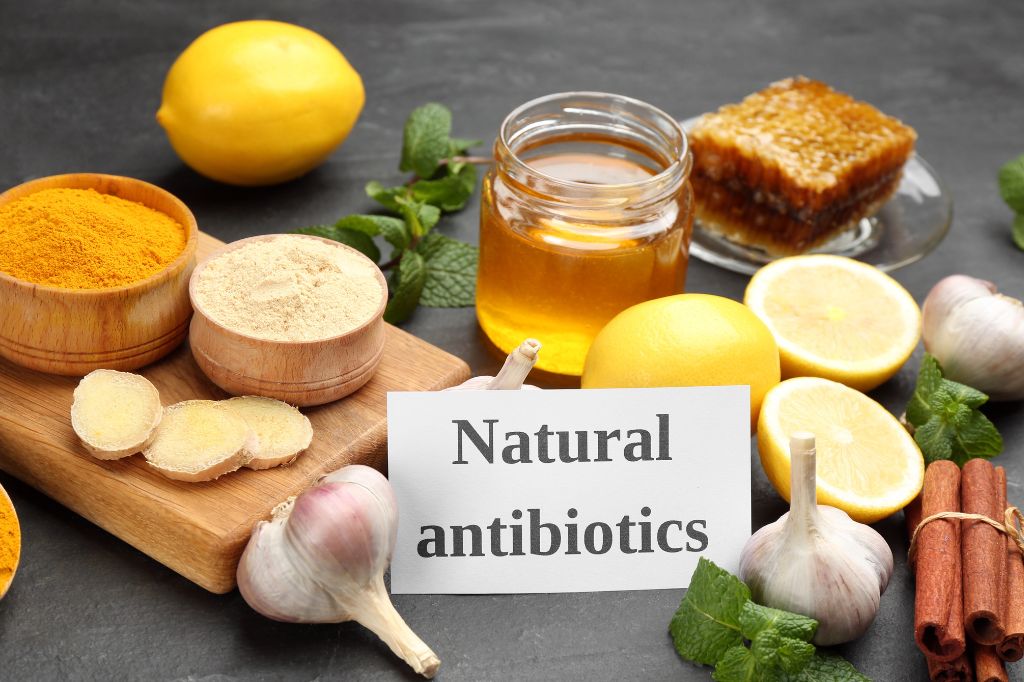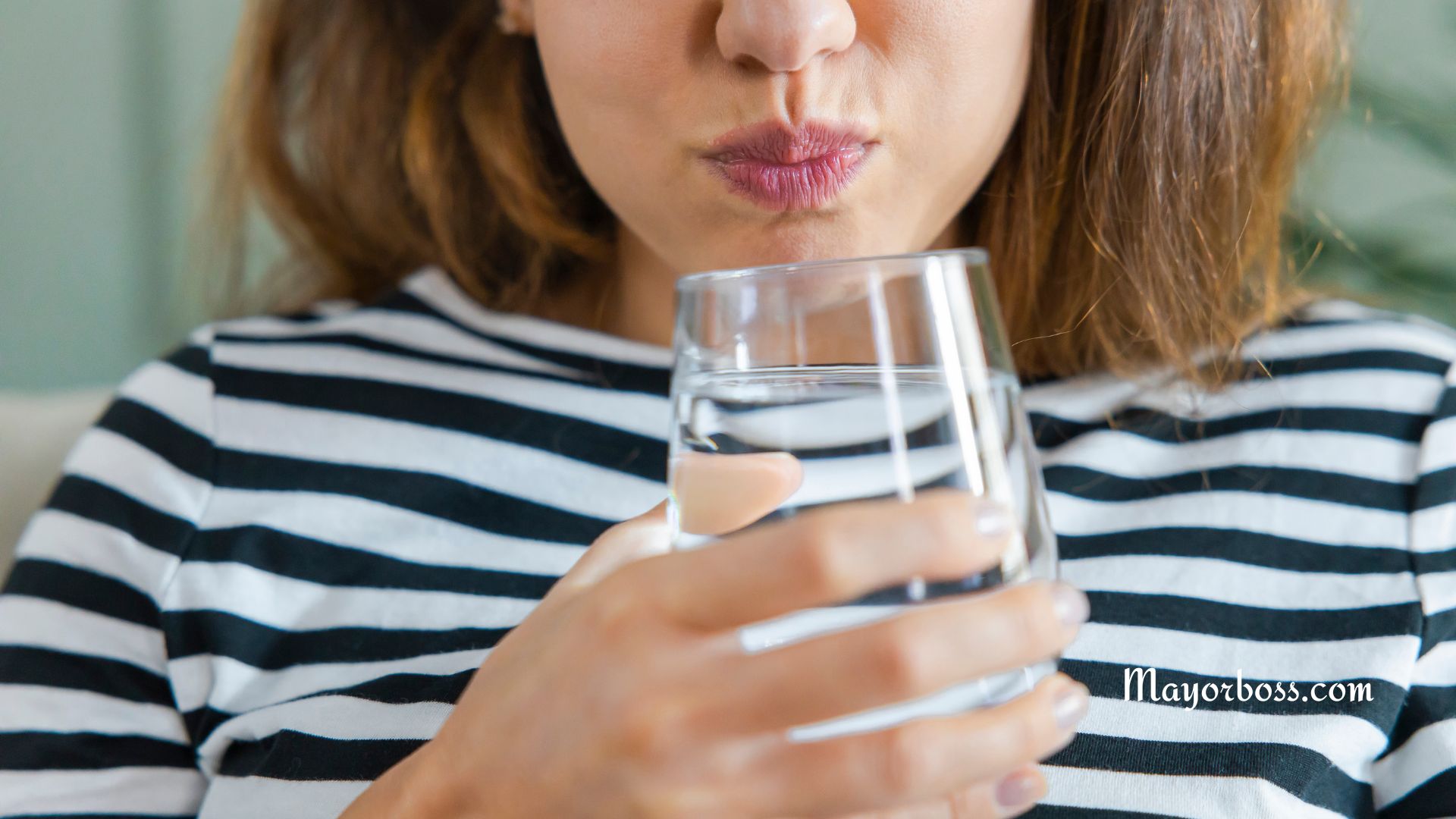7 Home Remedies for Endometriosis
Are you tired of struggling with the pain and discomfort of endometriosis? You’re not alone! According to World Health Organization (WHO), over 10% of women worldwide experience this condition. And finding ways to manage the symptoms can be a game-changer. I’ll share some simple home remedies that can help alleviate your symptoms.
You should always talk to your doctor or other healthcare providers before trying any new treatments, especially if you already have a treatment plan in place. Ready to dive in? Let’s go!
1. A Soothing Warm Bath
Imagine sinking into a warm, calming bath after a long day. The heat works wonders on your aching muscles, and the soothing sensation melts away your endometriosis pain. That’s because warmth is known to relax muscles and increase blood flow, which can help alleviate cramps and discomfort.
To enhance your warm bath experience, add some Epsom salts or a few drops of essential oils like lavender or chamomile. These natural ingredients are known for their calming and pain-relieving properties. So, go ahead, draw yourself a warm bath, light some candles, and let the healing begin.
2. Over-the-Counter Pain Relievers
Non-prescription pain relievers like ibuprofen, naproxen, and aspirin can help reduce inflammation and mild pain associated with endometriosis. These medications are readily available and can be a valuable addition to your pain management toolkit. However, it’s essential to follow the recommended dosages and consult your physician before starting any new medication.
3. Heating Pads
Picture yourself cuddling up on the couch with a cozy heating pad, providing the perfect amount of heat to your lower abdomen. Heating pads are a fantastic way to reduce endometriosis pain by providing consistent warmth to your achy muscles.
There are many types of heating pads available, including electric, microwaveable, and hot water bottles. Choose the one that suits your needs and preferences. Remember always to follow the manufacturer’s instructions and never apply heat directly to your skin to avoid burns. Let the gentle warmth embrace you, and watch your discomfort fade away.
4. Herbal Supplements
Many women have found relief from their pain and discomfort through herbal supplements. Some popular herbs for endometriosis relief include turmeric, ginger, and chamomile. Turmeric is known for its anti-inflammatory properties, ginger can help reduce inflammation and pain, and chamomile is a natural relaxant that can soothe menstrual cramps.
Before trying any herbal supplement, consult your doctor to ensure they are safe and appropriate for your specific situation. Your journey towards relief could be just a cup of tea away.
5. Regular Exercise
Exercise may seem counterintuitive when dealing with endometriosis pain, but it can actually help alleviate your symptoms. Evidence has suggested that engaging in regular, low-impact exercise like walking, swimming, or yoga can improve blood flow, reduce stress, and promote the release of endorphins, your body’s natural painkillers.
Start with short sessions and gradually increase the intensity and duration as your body allows. Remember, it’s essential to listen to your body and rest when needed.
6. Anti-Inflammatory Diet
Did you know that certain foods can help reduce inflammation, thereby easing endometriosis symptoms? Including these foods in your diet is a natural and delicious way to fight back against pain and discomfort.
Foods Rich in Omega-3 Fatty Acids
Omega-3 fatty acids are known for their anti-inflammatory properties, and research suggests that they may be particularly beneficial for endometriosis sufferers. Some excellent sources of omega-3 fatty acids include:
- Fatty fish, like salmon and mackerel
- Walnuts
- Chia seeds
- Flaxseeds
Fruits and Vegetables
Fruits and vegetables are not only packed with essential vitamins and minerals, but they’re also rich in antioxidants and anti-inflammatory compounds. Some top picks for endometriosis relief include:
- Berries (strawberries, blueberries, raspberries)
- Leafy greens (spinach, kale, Swiss chard)
- Cruciferous vegetables (broccoli, cauliflower, Brussels sprouts)
Limit Inflammatory Foods
Just as there are foods that can help reduce inflammation, there are also foods that may trigger it. To maximize the benefits of an anti-inflammatory diet, consider reducing your intake of the following:
- Refined sugars and carbohydrates
- Saturated and trans fats
- Processed meats
7. Massage Therapy
Massage therapy is another home remedy that can help alleviate endometriosis symptoms. Gently massaging the abdominal and lower back areas can promote relaxation, reduce muscle tension, and increase blood flow, leading to reduced pain and discomfort.
Self-Massage Techniques
You don’t need to be a professional masseuse to enjoy the benefits of massage therapy. There are plenty of self-massage techniques that you can try at home, such as:
- Abdominal massage: Gently rub your abdomen in a clockwise direction, applying moderate pressure. This can help improve circulation and alleviate cramps.
- Lower back massage: Use your massage tool to apply gentle pressure and make circular motions on your lower back. This can help release tension and reduce pain.
Professional Massage Therapy
If you’re not comfortable with self-massage or prefer a more targeted approach, consider booking an appointment with a professional massage therapist. They can provide a customized massage tailored to your specific needs, focusing on areas where you experience the most discomfort.
Also read: 7 Symptoms of Endometriosis
In Conclusion
Living with endometriosis doesn’t have to be a never-ending struggle. By incorporating these home remedies into your daily routine, you can begin to experience relief from your symptoms. Warm baths, heating pads, herbal supplements, massage, and exercise are all simple and effective ways to manage your endometriosis pain. Give them a try, and discover the relief you’ve been searching for.

